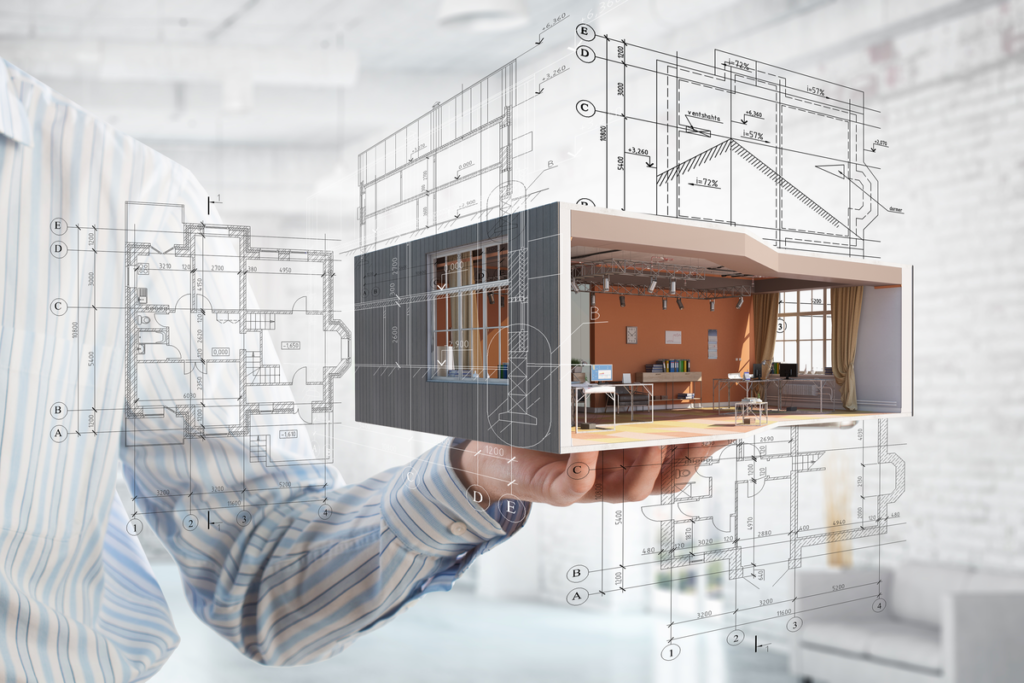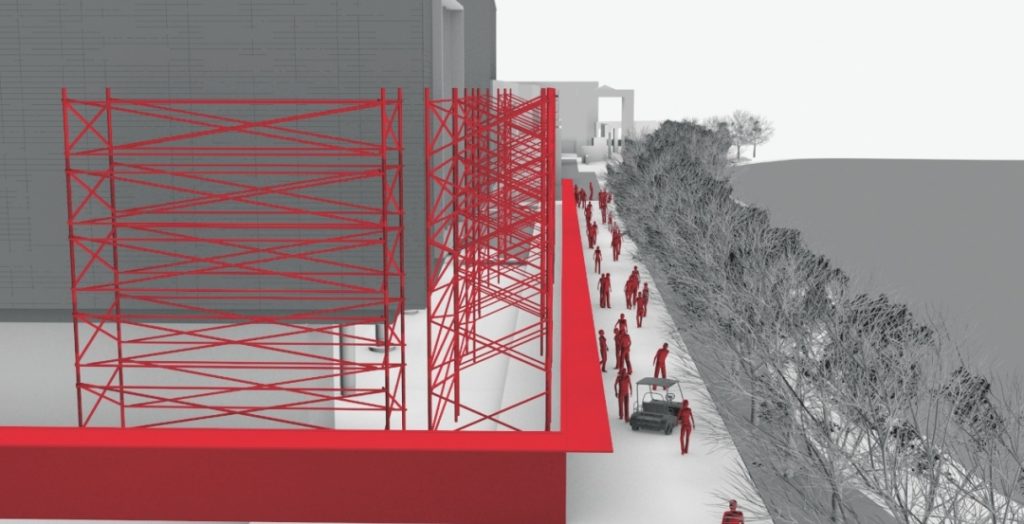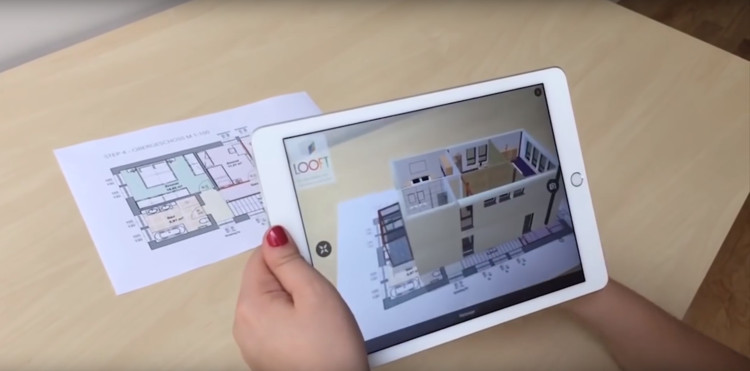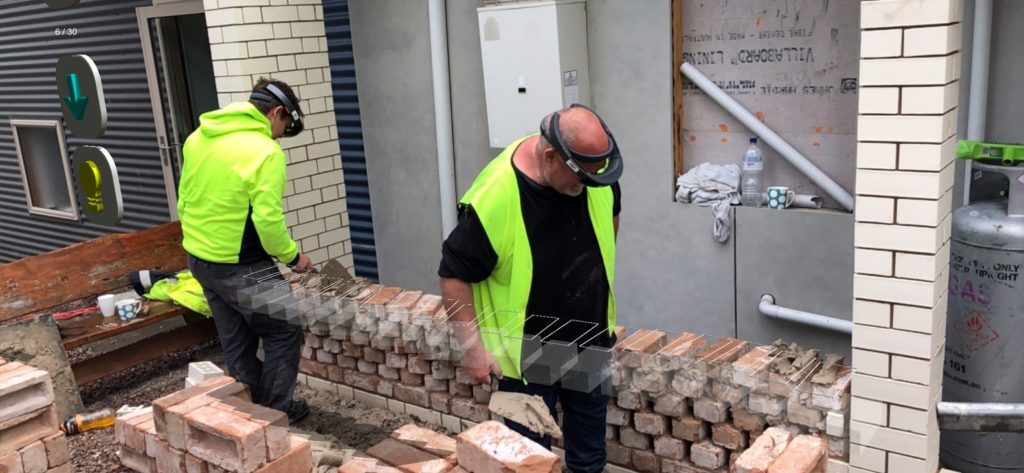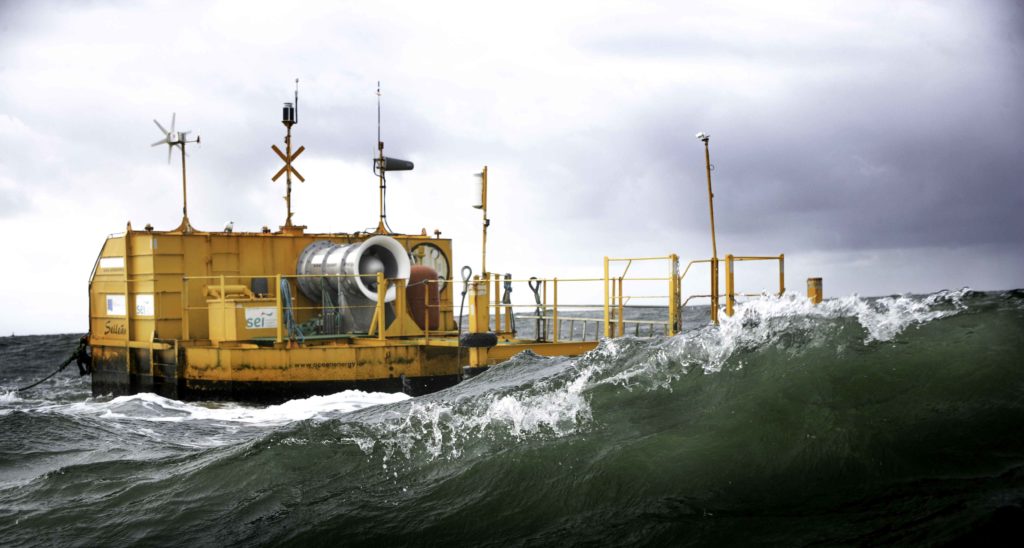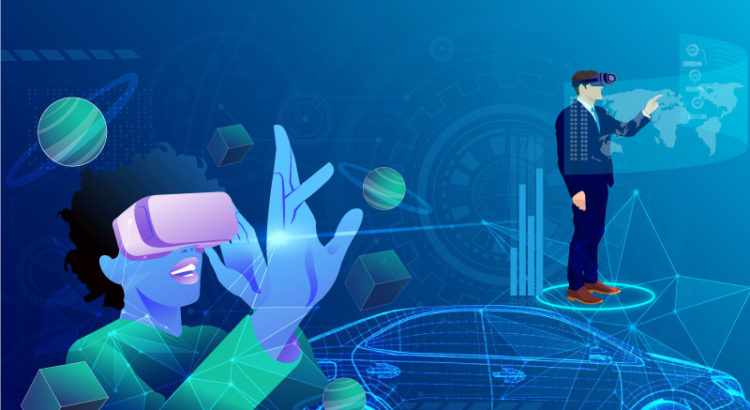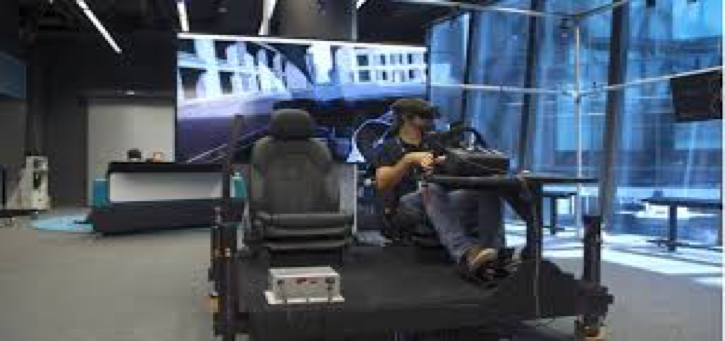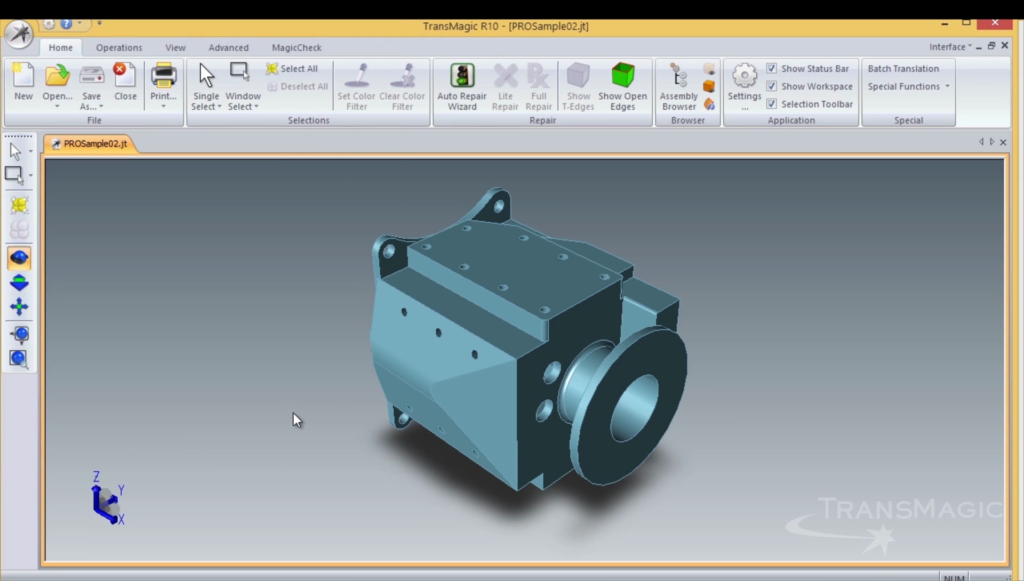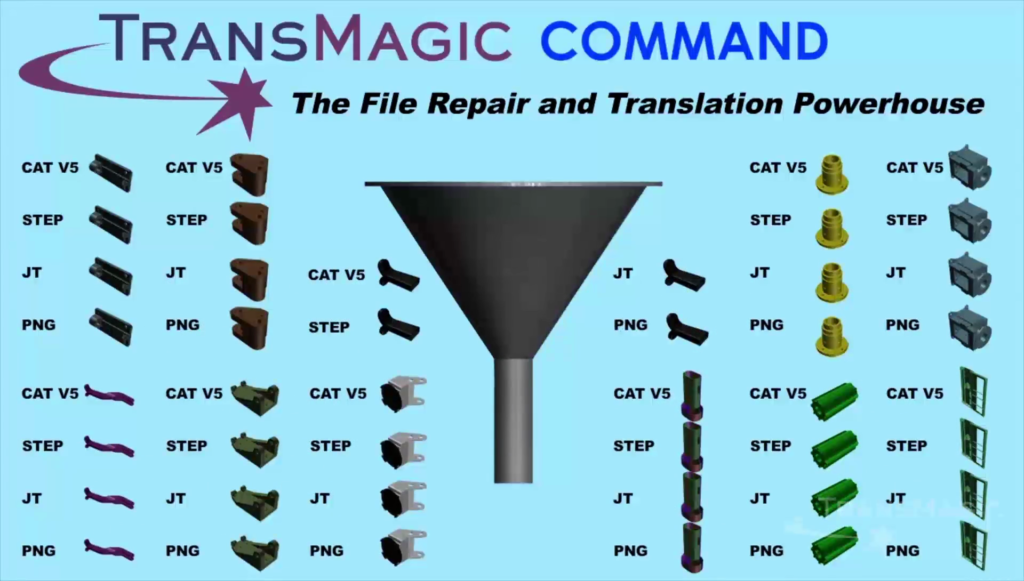Introduction:
The construction field is considered to be one of the most hazardous and aggressive industry, and it is extremely important to secure the health and safety of the workers in the field. Building Information Modelling (BIM) is usually associated with productivity and team work; however, it is also playing a crucial role in improving the health and safety of the workers in the construction field. If properly executed, BIM can transform the construction safety making it more safe and secure. Below mentioned are five different ways how BIM can boost the safety in the construction industry.
- Improved Hazard Prevention
BIM project models can help the project teams in detecting and accordingly taking preventive measures to avoid hazardous situations on site. They can quickly identify the areas that require special attention through the advanced BIM software. For instance, a problematic roof or surface can be easily detected and accordingly fixed in advance before it turns dangerous for the field workers.
- Synchronization of activities On the Site
BIM helps in maintaining the coordination between various construction activities on the field. The advanced BIM software allows its users to get all the data they require to finish their work as per the agreed specifications.
- Prefabrication and Standardization
Prefabrication has expanded the construction business to a great extent and is projected to be universally available in the coming future. Further, it is more likely to bring a positive influence on construction safety. One can easily reduce the regular safety issues like falls, slips etc., by moving some of the construction tasks to the factory or a warehouse. Further, prefabrication can help in standardizing the construction business thereby leaving a very small room of error.
- Virtual Safety Tours
Virtual safety is considered to be one of the most powerful features of BIM. Presenting a computer-generated construction model helps the project agents to organize different project activities without compromising with the safety. Moreover, the project teams can easily examine different hypothetical circumstances on site and accordingly come up with some practical solutions thereby ensuring the workers’ safety on the site.
- Data- based Accident Examination :
BIM helps in analysing the accidents and searching for reasons that caused them. This approach helps in determining different potentials for the construction sector in terms of enhancing the safety and avoiding the most common hazardous activities on the site.
Overall, it can be said that the Building Information Model (BIM) can not only help in transforming the construction business through its virtual project design, but can also ensure project safety. Its powerful features allow the project teams to virtually characterize every stage of the construction project before it is brought into action. It helps in predicting and preventing construction hazards.
